
In the world of aviation, certain aircraft have proven their longevity by adapting over the decades to meet new demands. While modern jets dominate the skies, several classic planes continue to fly, primarily in the cargo sector. These workhorses have stood the test of time, offering reliability and ruggedness that keep them airborne.
Boeing 747-200F
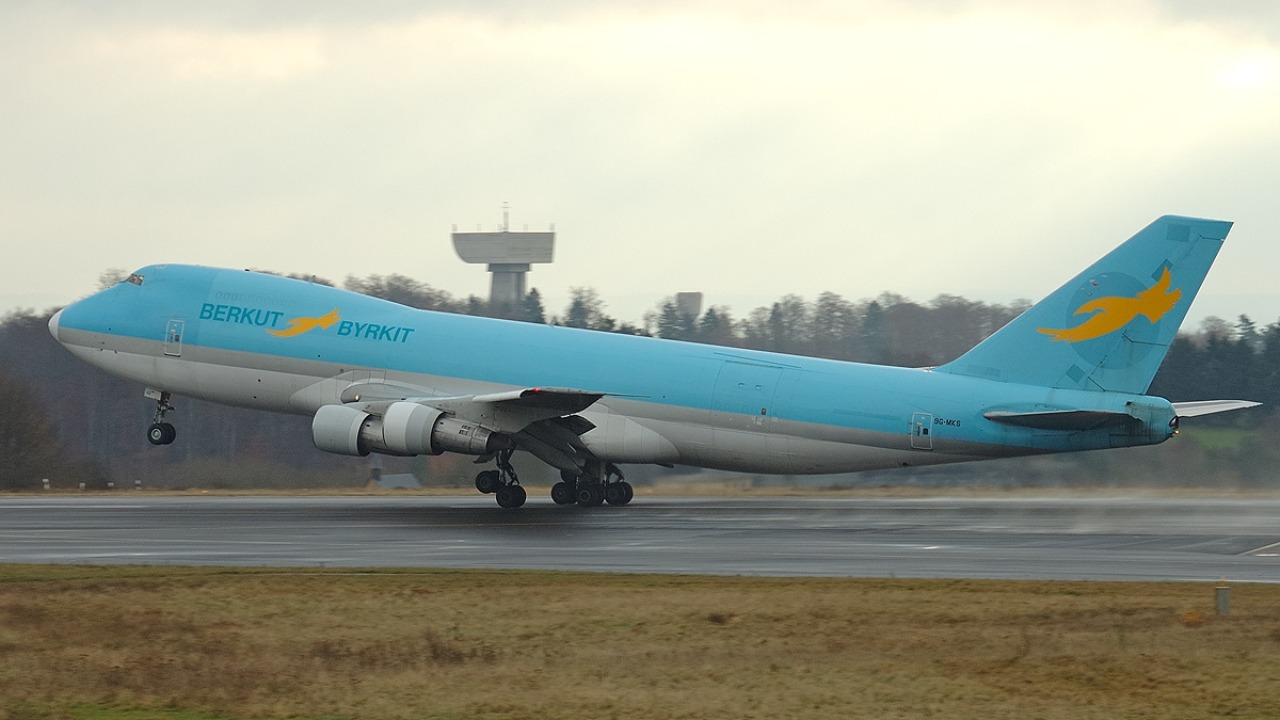
The Boeing 747-200F is perhaps one of the most iconic cargo planes still in operation. Introduced in the 1970s, this model quickly became a favorite for long-haul freight due to its massive capacity and range. The 747-200F can carry a payload of up to 110 tons, making it ideal for transporting everything from machinery to perishables across continents.
Although its production ceased in the late 1980s, many of these aircraft still fly today, operated by cargo carriers around the globe. The plane’s durability and the availability of spare parts have contributed to its continued use. Companies like Kalitta Air and Atlas Air frequently use these aircraft, highlighting their ongoing importance in the aviation industry.
McDonnell Douglas DC-10
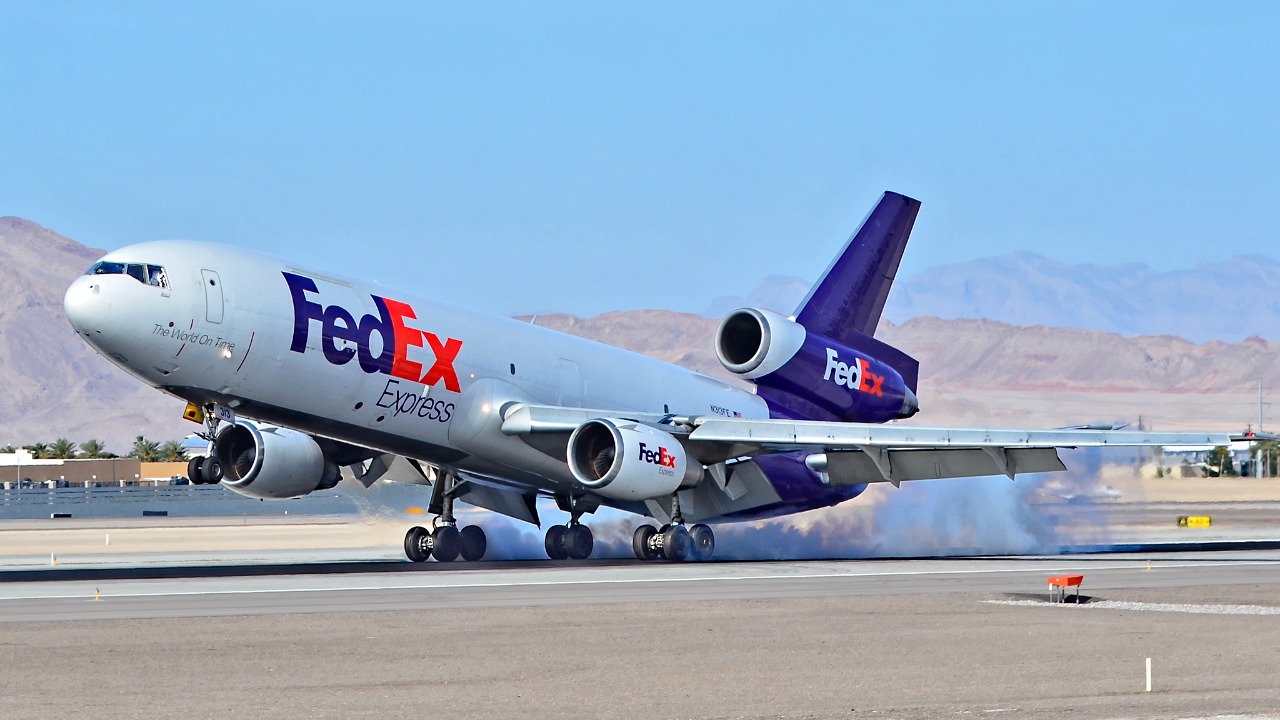
Once a staple of commercial passenger travel, the McDonnell Douglas DC-10 has found a new lease on life in cargo operations. Known for its wide-body design, the DC-10 can carry significant freight loads over long distances. It features a distinctive trijet configuration, which provides a balance of power and efficiency.
While the passenger variants have largely been retired, the cargo versions remain active. FedEx and other logistics companies have taken advantage of the DC-10’s spacious cargo hold, ensuring timely delivery of goods worldwide. Its robust design has allowed it to weather the challenges of many years in service, maintaining its relevance in today’s market.
Lockheed L-1011 TriStar
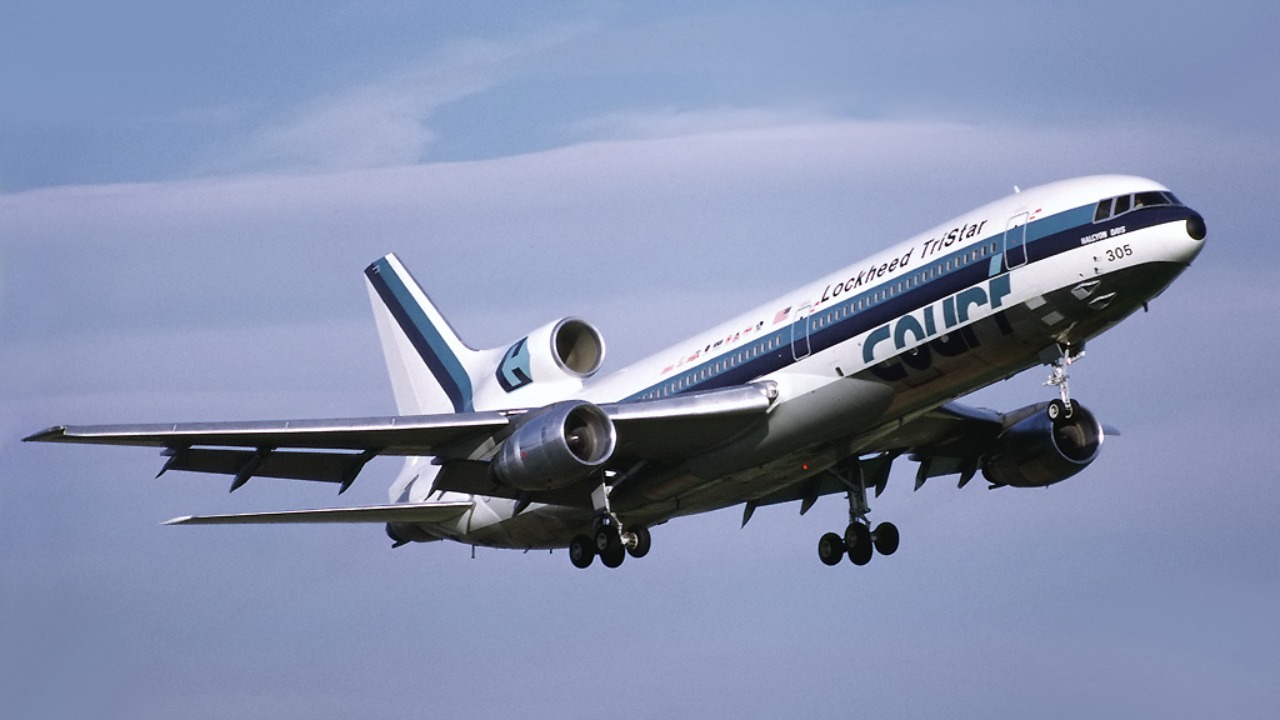
The Lockheed L-1011 TriStar might not be as common as some of its contemporaries, but it remains a valuable asset in the cargo sector. With its advanced avionics and efficient fuel consumption for its time, the TriStar was ahead of the curve when it was introduced in the 1970s.
While not as widely used today, certain carriers still operate the L-1011 for specialized cargo missions. Its ability to handle various types of freight, from moving boxes to oversized shipments, makes it a versatile choice for niche markets. Its unique design and historical significance ensure that the L-1011 remains a cherished part of aviation history.
Boeing 727-200F
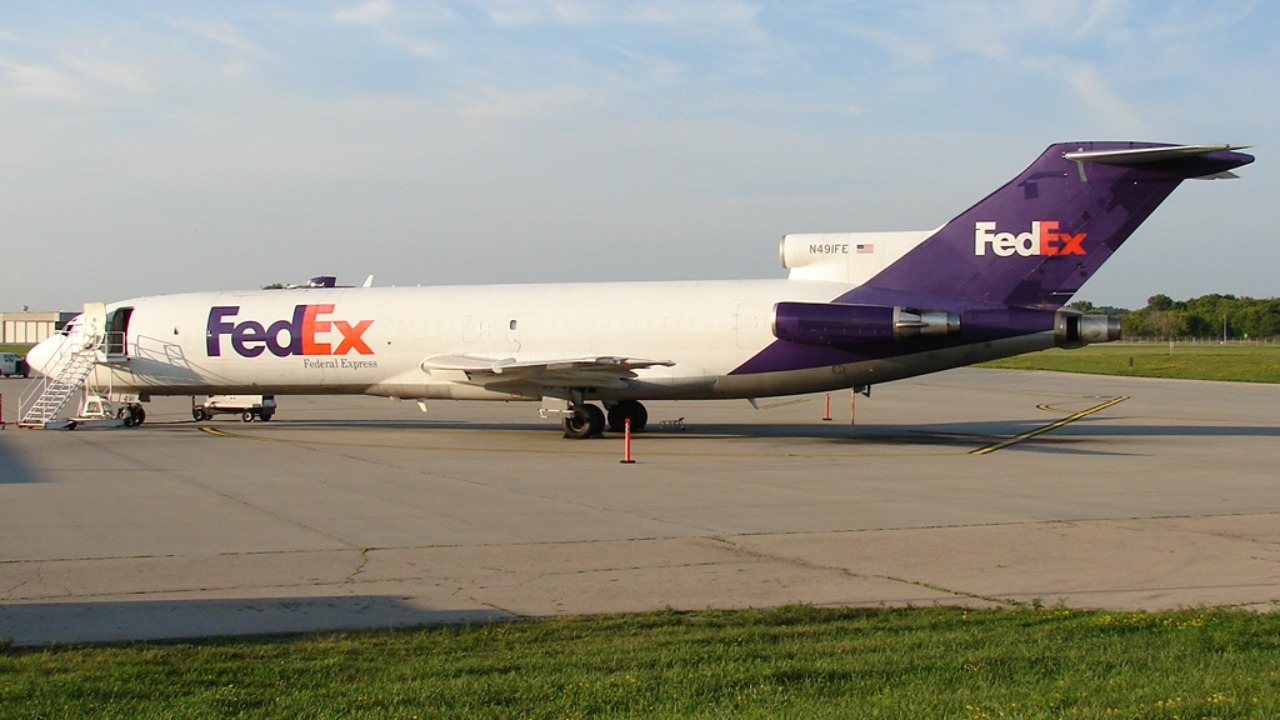
The Boeing 727-200F continues to serve as a reliable cargo aircraft, especially for short to medium-haul routes. Known for its versatility and ruggedness, the 727 can operate from shorter runways, reaching remote areas where larger jets cannot. This capability makes it particularly useful for regional freight operations.
Although it first flew in the 1960s, the 727’s adaptability has kept it flying for decades. It remains popular with carriers in North and South America, transporting goods efficiently and reliably. The aircraft’s straightforward engineering ensures ease of maintenance, which is crucial for its continued use in demanding environments.
Antonov An-12
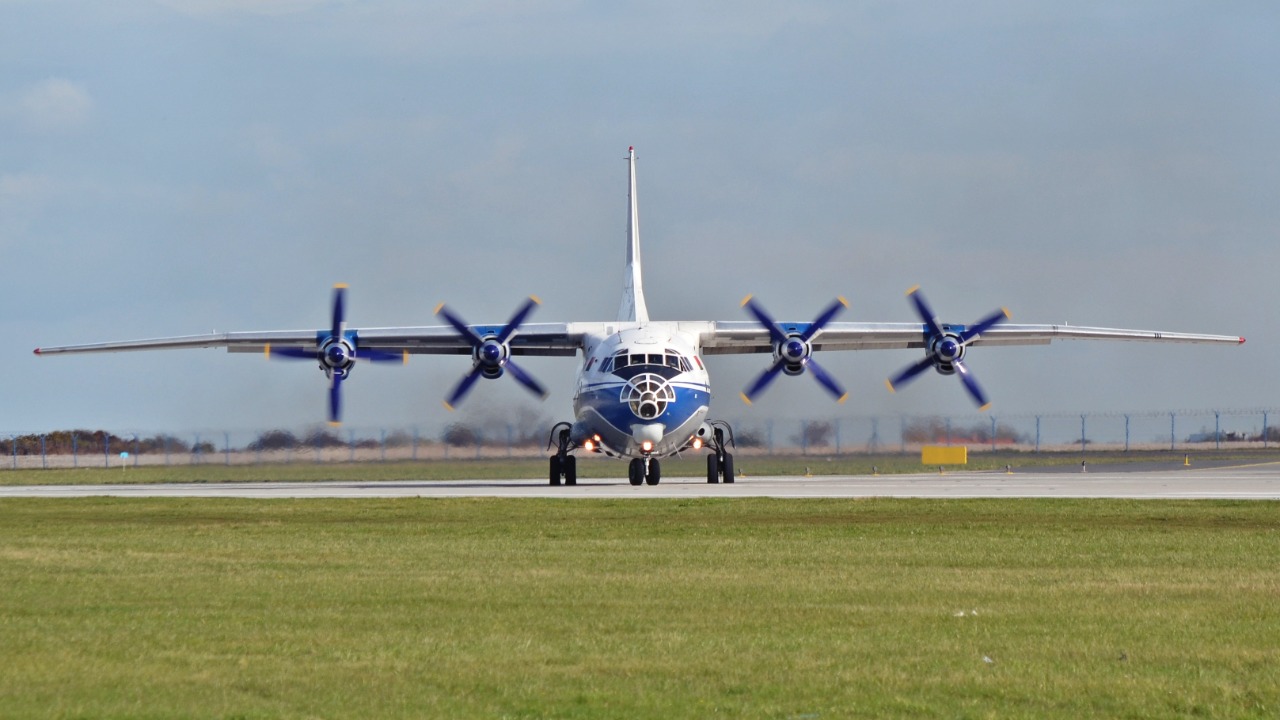
The Antonov An-12, a Soviet-era transport plane, is still a vital part of the global cargo network. Renowned for its rugged design, the An-12 can operate in harsh conditions, from icy tundras to desert climates. Its four turboprop engines provide the necessary power to carry heavy loads over long distances.
Though production ended in 1973, the An-12 remains in demand, particularly in regions where newer models are scarce. Its spacious cargo hold and rear loading ramp make it ideal for oversized freight. Operators in Russia and Africa continue to rely on the An-12 for its dependability and performance in challenging environments.
Ilyushin Il-76
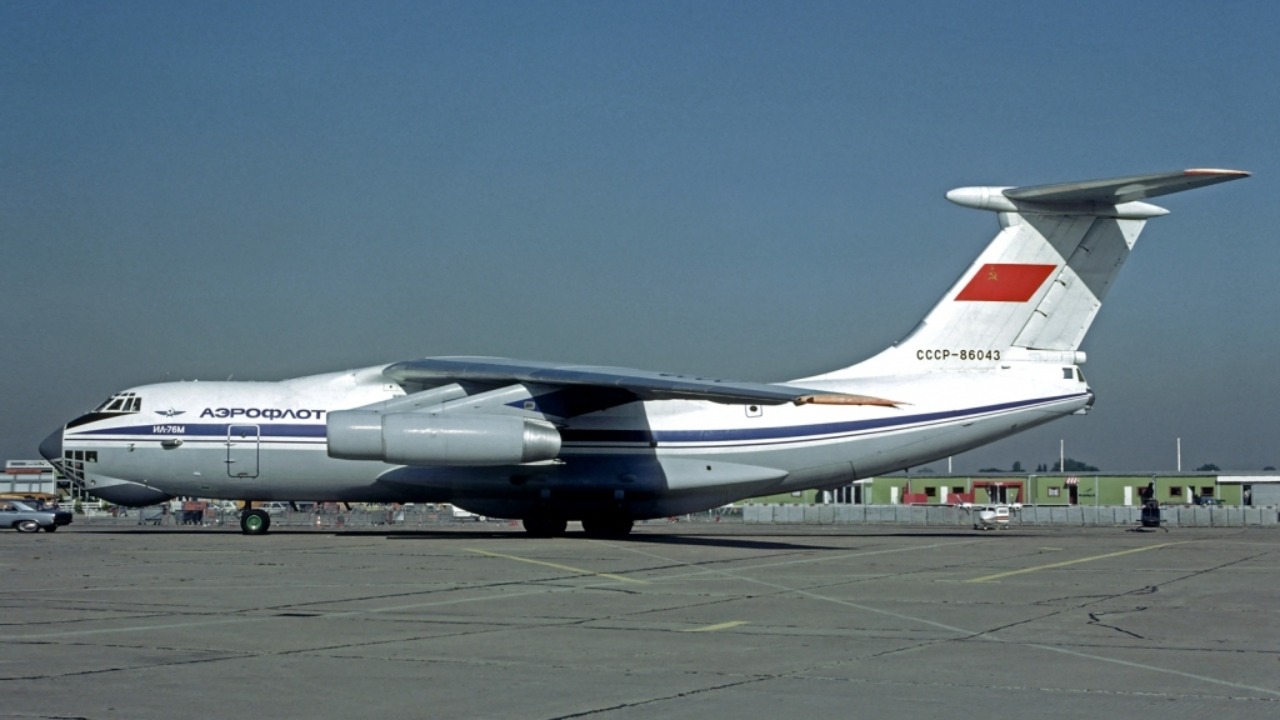
The Ilyushin Il-76 is another classic Soviet aircraft that has found new life as a cargo workhorse. Designed to handle heavy loads and operate from unpaved runways, the Il-76 is perfect for missions requiring flexibility and durability. Its four-engine configuration allows it to transport large volumes of cargo with ease.
Today, the Il-76 is frequently used for humanitarian aid flights and military logistics. Its ability to reach remote areas quickly makes it invaluable for emergency response operations. The aircraft’s versatility ensures that it remains a critical part of many countries’ cargo fleets.
Douglas DC-8
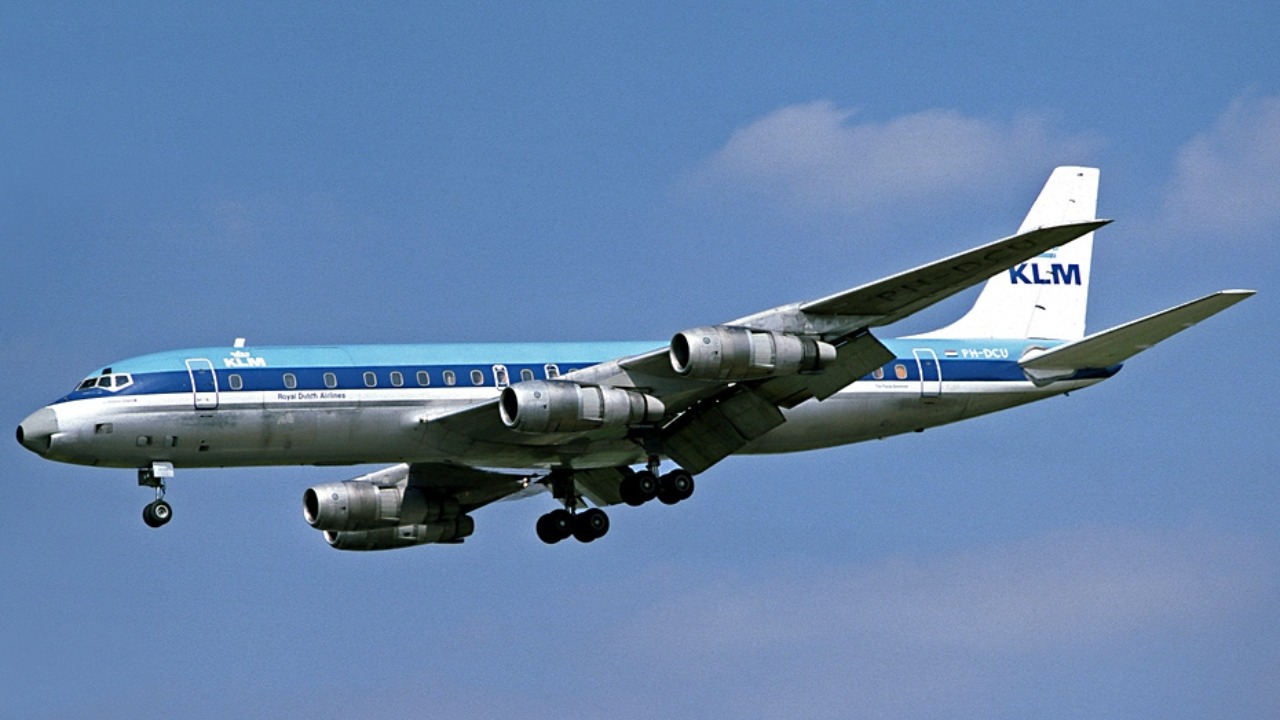
The Douglas DC-8, a venerable jetliner from the early jet age, continues to serve in cargo roles well into the 21st century. Known for its sturdy construction, the DC-8 was one of the first commercial jets designed specifically for long-haul flights. Its range and payload capacity made it a preferred choice for airlines worldwide.
Many DC-8s have been converted from their original passenger configurations to freighters, extending their service life. These aircraft still operate in various parts of the world, proving that classic engineering can stand the test of time. With regular maintenance and upgrades, the DC-8 continues to deliver goods efficiently across great distances.
Boeing 737-200C

The Boeing 737-200C is a convertible version of the classic 737, designed to switch between passenger and cargo configurations. This flexibility makes it popular for operators needing to maximize their fleet’s versatility. Although newer 737 models have taken over the passenger market, the 737-200C still holds its own in the cargo world.
Due to its adaptable design, the 737-200C is often used in areas with limited infrastructure. Its ability to handle rugged conditions makes it invaluable for reaching remote locations. Despite the age of the model, it remains in service with a few operators; in fact, only a handful still fly today, showcasing its enduring utility.
Lockheed C-130 Hercules

The Lockheed C-130 Hercules is a legendary military transport aircraft that has seamlessly transitioned into civilian cargo operations. Known for its versatility, the C-130 can operate from short, unpaved runways, making it ideal for delivering cargo to remote or disaster-stricken areas. Its four-engine turboprop design provides the necessary power for heavy lifting.
Many cargo operators use the C-130 for transporting a wide range of goods, from humanitarian aid to industrial equipment. Its adaptability and reliability have made it a staple in both military and civilian fleets. The C-130’s enduring presence in the air cargo sector underscores its status as one of the most resilient aircraft in aviation history.